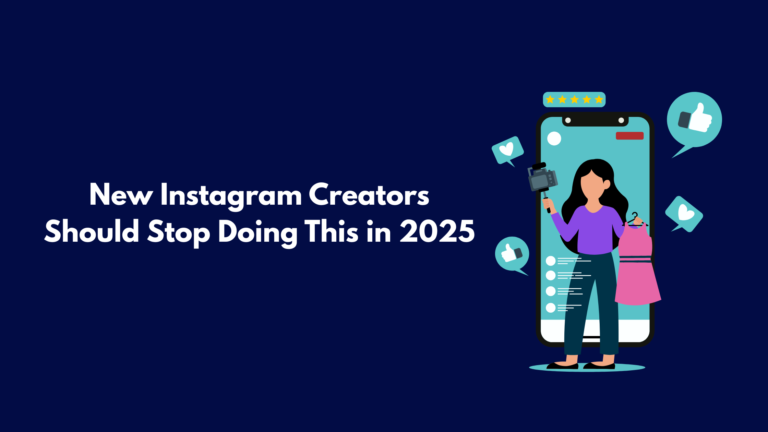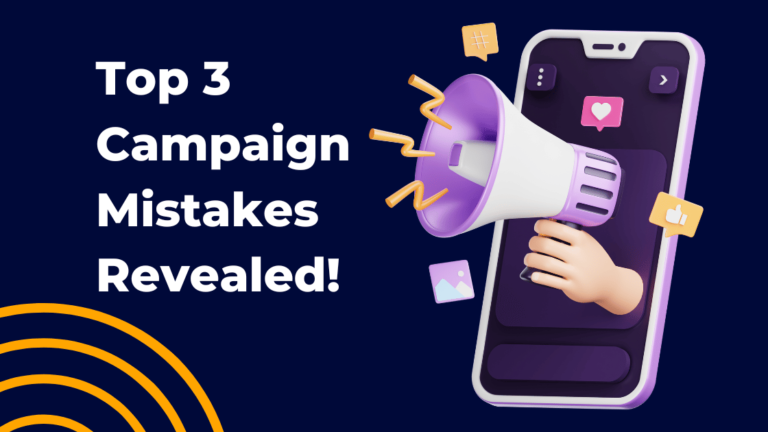Facebook has become an essential platform for businesses aiming to reach a broad audience. However, crafting an ad that not only captures attention but also compels users to click is both an art and a science. Understanding the psychology behind successful Facebook ads can provide invaluable insights into what makes people click. This article explores these psychological principles and how they can be applied to create compelling Facebook ads.
The Power of Visual Appeal
One of the primary factors influencing the success of Facebook ads is visual appeal. Research consistently shows that humans process visual information faster than text. This innate preference for visual content means that ads featuring high-quality images or engaging videos are more likely to attract attention. For instance, a comparison between static image ads and video ads reveals that video ads generally receive higher engagement rates. This difference is largely due to the dynamic nature of videos, which can convey more information in a shorter period.
Moreover, color psychology plays a significant role in visual appeal. Different colors evoke different emotions and reactions. For example, blue often conveys trust and dependability, making it an excellent choice for financial services ads. In contrast, red can evoke excitement and urgency, which is particularly effective for time-sensitive offers.
The Role of Emotional Triggers
Emotional triggers are another critical element in the psychology of successful Facebook ads. People are more likely to click on ads that resonate with their emotions, whether it is joy, fear, surprise, or even sadness. Emotions drive behavior, and leveraging this can significantly enhance ad performance. For example, ads that evoke happiness through uplifting content or humor are more likely to be shared and liked, increasing their reach and impact.
In comparison, fear-based ads, which highlight potential risks or losses, can also be effective. These ads create a sense of urgency, prompting immediate action. However, it is crucial to strike a balance; excessive use of fear can lead to negative associations with the brand.
The Influence of Social Proof
Social proof is a powerful psychological concept that significantly influences consumer behavior. When people see that others have positively engaged with an ad or product, they are more likely to do the same. This phenomenon is based on the principle of conformity, where individuals tend to follow the actions of the majority.
In Facebook ads, social proof can be demonstrated through customer reviews, testimonials, or displaying the number of likes and shares. For instance, an ad showcasing a product with numerous positive reviews and high engagement is likely to perform better than one without these elements. This comparison highlights the importance of integrating social proof into ad strategies to enhance credibility and appeal.
The Importance of Personalization
Personalization in advertising is not just a trend but a necessity in today’s digital landscape. Personalized ads are tailored to the specific interests, behaviors, and demographics of the target audience, making them more relevant and engaging. According to studies, personalized ads can increase click-through rates by up to 50%.
Comparatively, generic ads that do not address the unique needs or preferences of the audience tend to perform poorly. The difference in performance underscores the importance of utilizing data and insights to create personalized ad experiences. By leveraging Facebook’s sophisticated targeting capabilities, advertisers can deliver highly relevant content that resonates with their audience, thereby increasing the likelihood of clicks.
The Effect of Compelling Copy
While visuals are crucial, the ad copy plays an equally important role in driving clicks. Compelling copy is clear, concise, and persuasive, highlighting the benefits of the product or service. It should also include a strong call to action (CTA) that directs users on what to do next.
A comparison between ads with vague versus clear CTAs reveals that the latter significantly improves click-through rates. For example, a CTA like “Learn More” is more effective than a generic “Click Here” as it provides context and aligns with the user’s intent.
Final Considerations
In conclusion, the psychology behind successful Facebook ads encompasses various elements, from visual appeal and emotional triggers to social proof, personalization, and compelling copy. By understanding and applying these psychological principles, businesses can create ads that not only capture attention but also drive clicks. The key is to craft ads that resonate with the audience on a deeper, emotional level while providing clear and compelling reasons to engage. As the digital landscape continues to evolve, staying attuned to these psychological insights will be crucial for sustaining ad success on Facebook.




